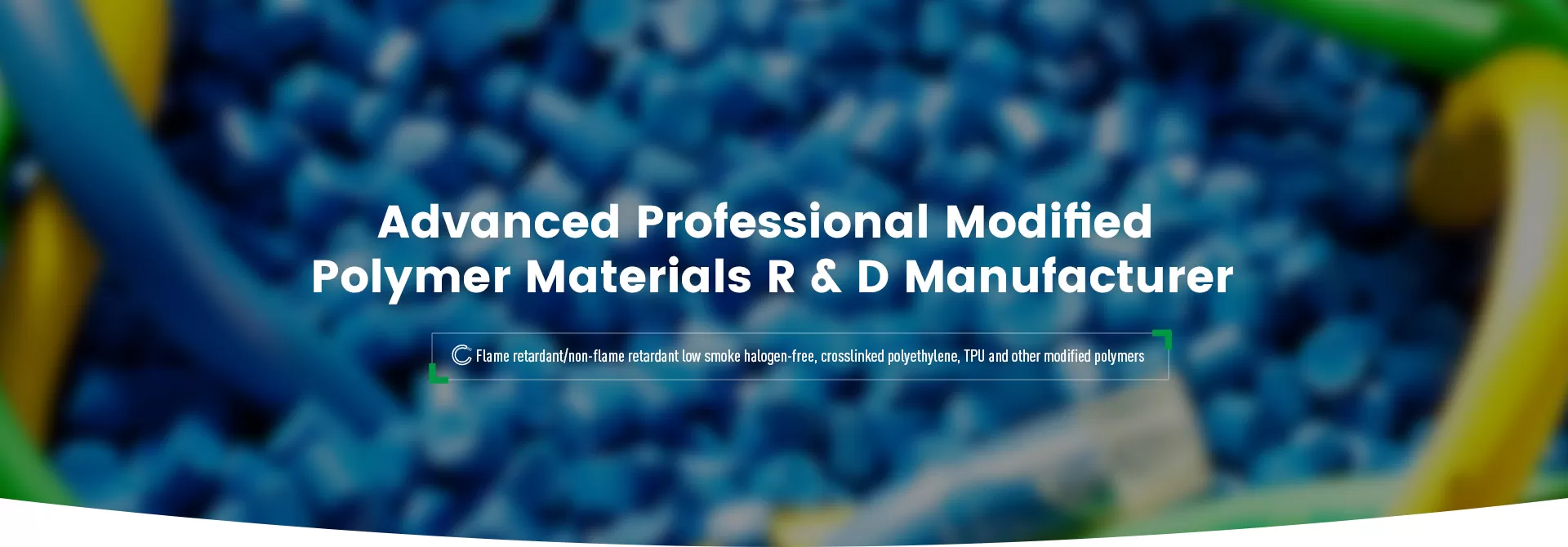
In the fields of new energy, automobiles, rail transit and power equipment, the impact of temperature on the performance of cable insulation materials is extremely obvious. XLPO (cross-linked polyolefin) and silicone rubber are two materials commonly used for high-temperature cable insulation and sheathing. They each have obvious advantages, but also have limitations. This article will systematically compare their actual performance in high temperature scenarios to help cable company engineers make appropriate judgments when selecting.
XLPO is a polyolefin material modified by cross-linking, commonly used in photovoltaic cables, automotive wiring harnesses, industrial robot wiring and other fields. It can be cross-linked by chemical or electron beam methods to improve heat resistance and mechanical properties.
Silicone rubber is a high-performance elastomer with excellent thermal stability and flexibility. It is widely used in high temperature and complex environments such as aviation, electricity, and medical treatment.
Temperature Performance: The Working Temperature Zone Determines The Applicable Scenario
Flame retardant performance and heat-resistant temperature performance are one of the core factors in the selection of cable materials. Generally speaking, the long-term heat resistance limit of XLPO is around 125℃, and some electron beam cross-linking formulas can be increased to 135℃-150℃. Silicone rubber can still operate stably in a continuous 180℃ environment, and can even withstand temperatures as high as 250℃ for a short time. This means that silicone rubber has more advantages in scenarios with extreme high temperatures or long-term heat resistance requirements (such as aviation equipment, high-temperature heaters, and sensor cables).
However, in most typical working conditions such as industrial control, photovoltaics, and rail transit, the ambient temperature is mostly between 90℃–120℃, and XLPO can meet the use requirements. Especially in photovoltaic cables (EN50618 standard), the heat resistance of XLPO has been verified by 25 years of aging, which is stable and reliable.
Mechanical properties and structural stability: Which is more resistant to folding and wear?
Mechanical strength is another key factor. XLPO excels in tensile strength, wear resistance, and bending resistance, especially in dynamic applications such as robot drag chains and mobile cables, with excellent fatigue life. The flexible formula XLPO can even withstand more than 5 million reciprocating bends in the drag chain test.
Silicone rubber has good flexibility and high elongation, but low mechanical strength, the surface is easily scratched, and it is not suitable for high-speed drag chain systems. If there are clear requirements for "dynamic wiring" and "cable bending life" in the design, it is recommended to give priority to XLPO.
Electrical performance: The two are similar, but there are differences in long-term stability
In terms of electrical performance, XLPO and silicone rubber both have good dielectric strength and insulation stability. The breakdown voltage retention rate of silicone rubber under long-term high temperature is better than that of XLPO, which is particularly suitable for high-voltage continuous load environments. In low-voltage or medium-voltage applications, such as 600V or 1kV cables, both can meet insulation requirements.
With the strengthening of environmental protection regulations, low smoke and halogen-free (LSZH) has become a hard indicator for many projects. Both XLPO and silicone rubber can achieve LSZH characteristics through formulation. In comparison, silicone rubber itself is a halogen-free structure, with lower smoke density and acid gas release, which is especially suitable for confined and crowded areas such as rail transit, airports, and hospitals.
In terms of flame retardant standards, XLPO is easier to meet UL VW-1, IEC 60332 and other specifications during the processing stage, while silicone rubber needs to improve its performance by adding flame retardant fillers and other means, and the process is relatively complicated.
Cost and processability: large-scale applications pay more attention to the controllability of materials
The silicone rubber process is complex, involving multiple links such as mixing, vulcanization, and heat setting, and has high requirements for equipment and operating processes. Therefore, its manufacturing cost is relatively high, especially when it is customized in small batches, the cost fluctuates greatly.
In contrast, XLPO can use standard polyolefin extrusion equipment, and only needs to add a cross-linking step (such as irradiation cross-linking) to complete production. This feature makes XLPO more cost-effective in large-scale, cost-sensitive projects.
If your project is in a conventional industrial environment (90℃–125℃) and requires weather resistance, flame retardancy, and environmental compliance, XLPO is the preferred material. Especially in industries with high standardization requirements such as photovoltaics, rail transit, wind power, and new energy vehicle wiring harnesses, XLPO has become a widely used mainstream material.
When the project is in the extreme temperature zone (>180℃) and requires excellent softness and high cleanliness, such as for high-temperature heating elements, sensors, pharmaceutical equipment, or high-voltage medical instruments, silicone rubber is more suitable.
Choosing the right cable material is not about pursuing the "most expensive" or "highest performance", but matching the specific application environment. XLPO and silicone rubber are essentially complementary materials:
XLPO is more suitable for large-scale, industrialized, and standardized high-temperature wiring needs;
Silicone rubber is suitable for extreme temperature, high cleanliness, and customized application scenarios.
In the design and selection process, the performance characteristics of the two should be comprehensively considered based on multiple dimensions such as operating temperature, electrical load, mechanical movement frequency, cost budget, and compliance standards, and rational decisions should be made.